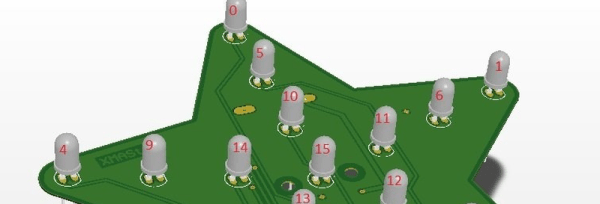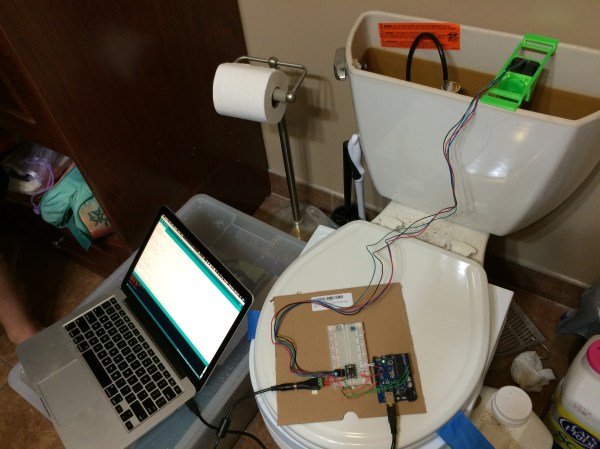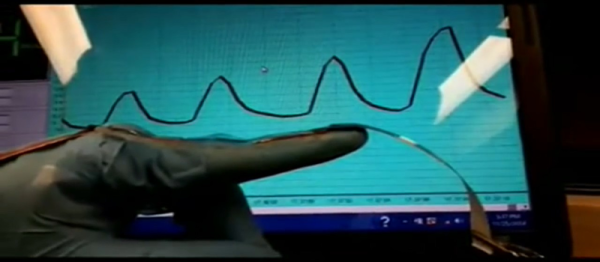A few months ago, a strange account popped up on hackaday.io. Whoever is behind this count is based in Bielefeld, Germany – a place that doesn’t exist. They are somehow related to the Berenstain / Berenstein Bears dimensional rift, and they may be responsible for giving Cap’n Crunch only three rank insignia on his uniform. There is something very, very strange about this account. Since August, a black and white image of static, 98 pixels wide and 518 pixels tall has sat on this account profile. The Illuminati has given us enough clues, but until now, no one has managed to crack the code.
The first person to make sense out of the patterns in static is [Moritz Walter]. What’s in the code? More codes. While that’s not really helpful, it is to be expected.
 The hackaday illuminati included one additional piece of information with their encoded static image: a 12×12 pixel bitmap. When this bitmap was XORed with the main image, symbols appeared. In total, there are only seven unique symbols in the image. These symbols seem to be stolen from the Fez alphabet, but there are some significant differences. These symbols are rotated multiples of 90 degrees, and are surrounded by a one pixel border that is either black or white (we’re calling the border a ‘sign’ bit). In total, these seven symbols arranged in four different rotations with two different signs yields forty unique variations of a symbol in the decoded image. At this point, it should be noted 7*2*4 = 56.
The hackaday illuminati included one additional piece of information with their encoded static image: a 12×12 pixel bitmap. When this bitmap was XORed with the main image, symbols appeared. In total, there are only seven unique symbols in the image. These symbols seem to be stolen from the Fez alphabet, but there are some significant differences. These symbols are rotated multiples of 90 degrees, and are surrounded by a one pixel border that is either black or white (we’re calling the border a ‘sign’ bit). In total, these seven symbols arranged in four different rotations with two different signs yields forty unique variations of a symbol in the decoded image. At this point, it should be noted 7*2*4 = 56.
As of now, cracking the illuminati’s cyphered machinations has hit a roadblock. There’s a dead image file on the illuminati’s profile. Until that image is rehosted, there is no way to progress any further. That’s not going to stop people from trying, though: the chat channels on hackaday.io have been buzzing about the newly decrypted images. Hopefully, with time, someone will figure out what it all means.





 The hackaday illuminati included one additional piece of information with their encoded static image: a 12×12 pixel bitmap. When this bitmap was XORed with the main image, symbols appeared. In total, there are only seven unique symbols in the image. These symbols seem to be stolen from the
The hackaday illuminati included one additional piece of information with their encoded static image: a 12×12 pixel bitmap. When this bitmap was XORed with the main image, symbols appeared. In total, there are only seven unique symbols in the image. These symbols seem to be stolen from the 










